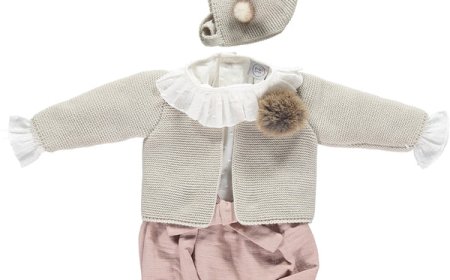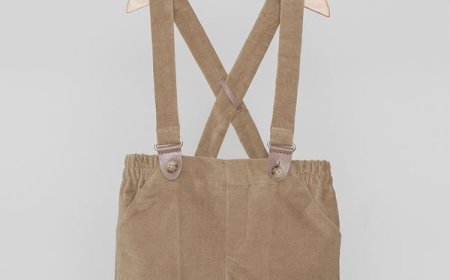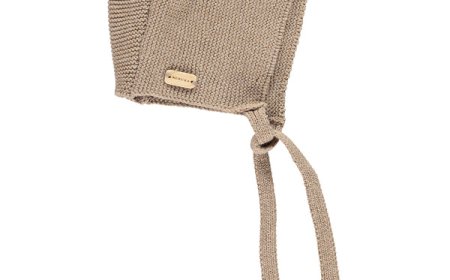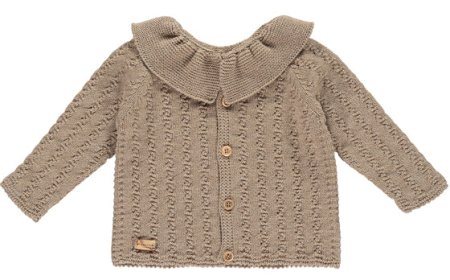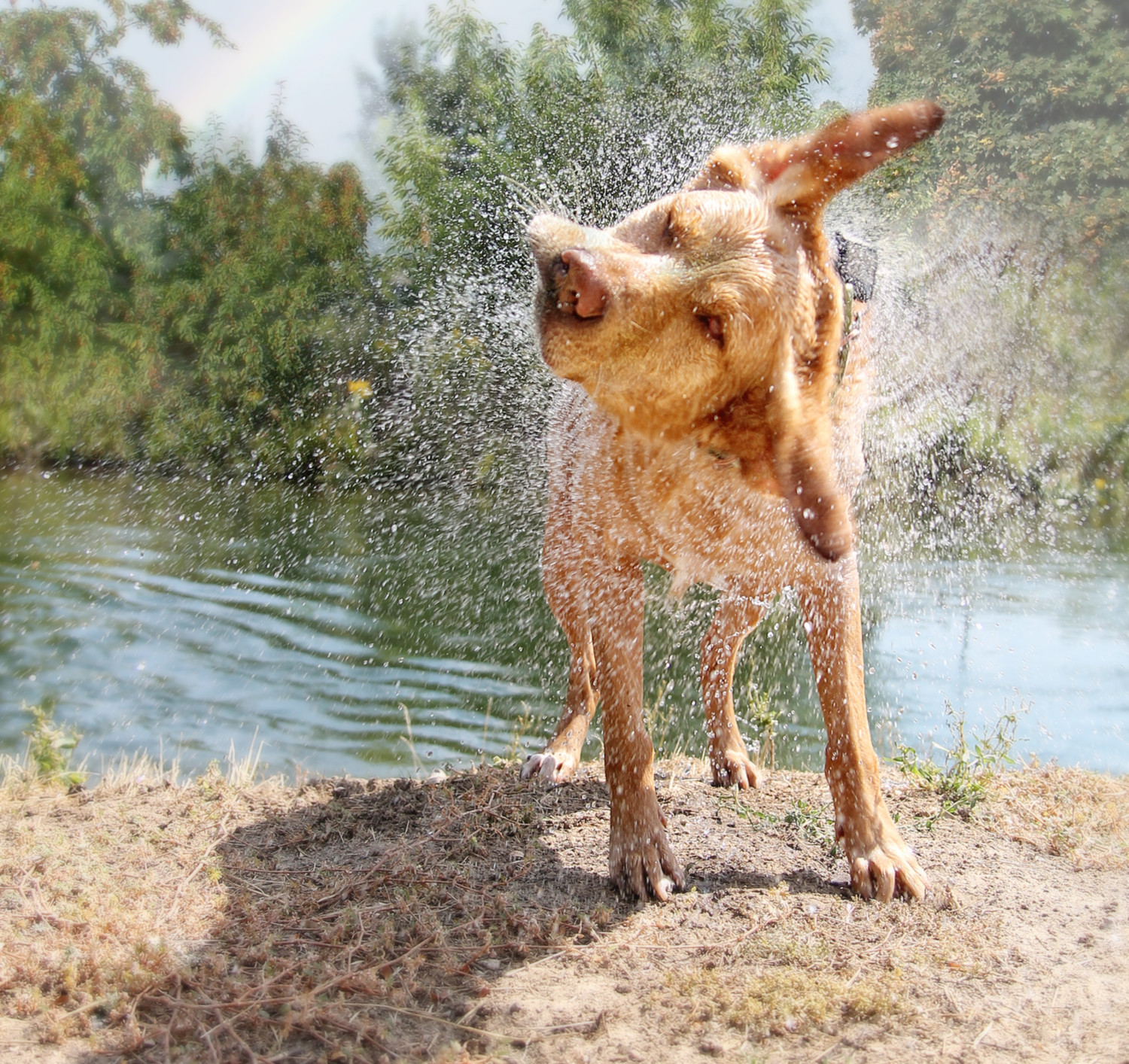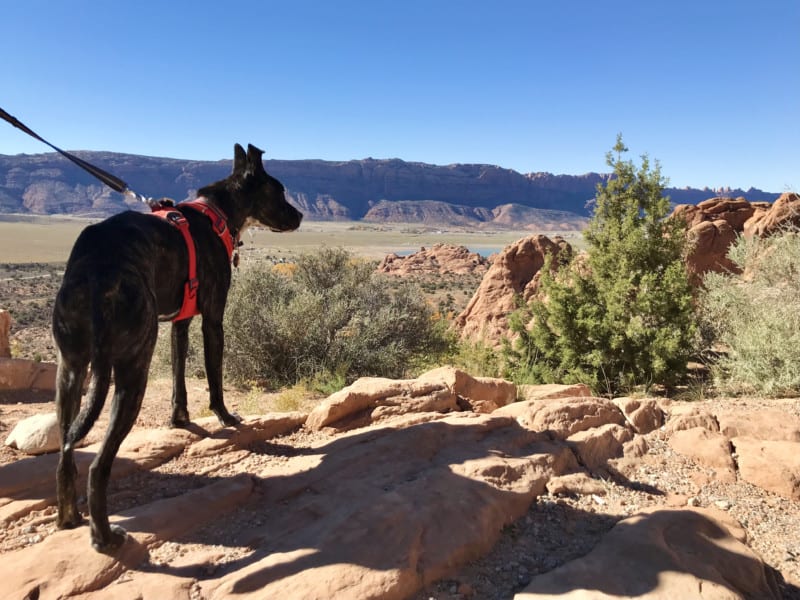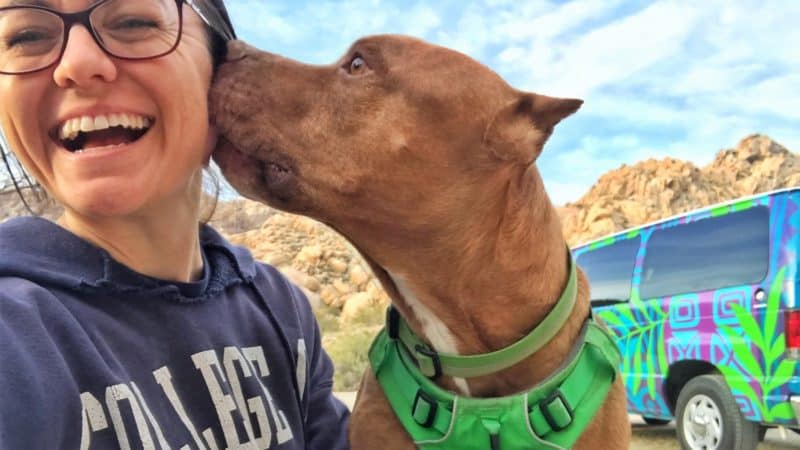All About the Great Pyrenees: The Gentle Giant with a Heart of Gold 🐾


If you’ve ever seen a dog that looks like it just stepped out of a medieval castle, chances are, you’ve met a Great Pyrenees. These majestic white-coated guardians are like the knights of the canine world—loyal, protective, and ready to stand watch over their kingdom (or, in modern times, your backyard). 🏰🐶
This post is all about the great Pyrenees dog breed.
But don’t let their fluffy regal appearance fool you! Underneath all that fluff is a big, affectionate goofball who loves their people as much as they love patrolling their territory. Let’s dig into everything you need to know about this incredible breed—from their history to their quirks, and yes, even their stubborn streak (because, oh boy, do they have one).
A Brief History: From Mountain Watchdog to Couch Guardian
The Great Pyrenees has a résumé that would put most job applicants to shame. These dogs have been working security detail for thousands of years, originally bred to guard livestock in the rugged Pyrenees Mountains between France and Spain.
Their thick coats protected them from the cold, while their fearless nature made them perfect for standing up to wolves, bears, and other threats.
Fast forward to today, and while they’re no longer fending off mountain predators, they still take their role as protectors seriously. Whether it’s guarding sheep, keeping an eye on the neighborhood, or ensuring no squirrel dares to enter their yard, these dogs are always on duty.
What Do They Look Like? Giant, Fluffy, and Absolutely Stunning
Great Pyrenees dogs are hard to miss—partly because they’re massive, but also because they look like walking clouds. ☁️
They typically weigh between 85 and 160 pounds (yep, that’s basically a small pony), with a thick, double-layered coat that’s almost always white.
Some may have light patches of tan or gray, but their signature look is that big, snow-white floof.
Their eyes are soft and soulful, usually in shades of brown, and they have adorable floppy ears that give them a permanently sweet expression.
But don’t let their teddy bear appearance fool you—they were built for endurance, strength, and intelligence.
The Great Pyrenees Personality: Equal Parts Guardian and Giant Teddy Bear
Living with a Great Pyrenees is like having a built-in bodyguard and snuggle buddy all in one. They’re fiercely protective, but also deeply affectionate with their family.
What Makes Them So Special?
🐕 Loyalty Level: Off the Charts – If you’re looking for a dog that will stick by your side no matter what, the Great Pyrenees is your ride-or-die. They form incredibly strong bonds with their humans and take their guardian role seriously.
🐾 Calm and Gentle – Despite their size, they have a surprisingly calm nature, especially indoors. They’re not overly energetic like some other big breeds, which makes them great for families who want a laid-back companion.
🚪 A Natural Alarm System – These dogs have an innate sense of protection. If something seems off, they’ll let you know—loudly. Their deep bark is enough to make any unwanted visitor think twice.
🤔 Independent Thinkers – Unlike breeds that thrive on following commands, the Great Pyrenees is more of a “I’ll consider your request” kind of dog. Their independent nature can sometimes be mistaken for stubbornness, but in reality, they’re just highly intelligent and used to making their own decisions.
Training a Great Pyrenees: Patience Required!
Let’s be honest—training a Great Pyrenees requires a good sense of humor and a whole lot of patience. These dogs are incredibly smart, but they’re also independent thinkers. If they don’t see the point of a command, they might just… ignore it.
🦴 Start Early – The sooner you start training, the better. Great Pyrenees puppies are like fluffy sponges, ready to soak up good habits (or bad ones, if you’re not careful).
🍖 Use Positive Reinforcement – Bribes—uh, I mean, treats—work wonders. These dogs respond best to rewards and praise rather than harsh corrections.
🎭 Make It Fun – If training feels like a boring chore, they’ll check out mentally. Keep sessions short, engaging, and full of variety.
Exercise Needs: Not as High as You’d Think
Unlike some other large breeds, the Great Pyrenees doesn’t need intense exercise. They were bred for endurance rather than speed, so they prefer leisurely strolls over high-energy sprints.
🚶♂️ Daily Walks Are a Must – A long, slow walk each day keeps them happy. Bonus points if they get to patrol their “territory.”
🌳 Backyard Space Helps – While they can adapt to smaller living spaces, a fenced yard gives them the freedom to roam and do their beloved “perimeter checks.”
🐕🦺 Mental Stimulation Is Key –
Grooming: That Coat Isn’t Going to Brush Itself
If you’re not a fan of dog hair, brace yourself—these dogs shed. A LOT. Their thick double coat means they blow their fur twice a year (spring and fall), but you’ll still find white fluff floating around year-round.
🖌️ Brush, Brush, Brush – A good brushing session at least a few times a week keeps their coat from matting and helps with shedding.
🛁 Bathing Is Rarely Needed – Their coat is naturally dirt-resistant, so unless they roll in something questionable, they don’t need frequent baths.
✂️ Keep Nails Trimmed – Long nails can cause discomfort, so regular trims are essential.
Health: What to Watch Out For
Like all large breeds, the Great Pyrenees comes with some potential health concerns. Being aware of these can help ensure they live a long, healthy life.
💙 Hip Dysplasia – A common issue in big dogs. Regular vet check-ups and a healthy weight can help reduce risks.
🐾 Bloat (Gastric Torsion) – This life-threatening condition happens when their stomach twists. Feeding them smaller meals throughout the day and avoiding exercise right after eating can help prevent it.
👂 Ear Infections – Those floppy ears can trap moisture, so regular cleaning is a must.
Is a Great Pyrenees Right for You?
This breed isn’t for everyone. They thrive with owners who understand their independent nature and don’t mind a little stubbornness. If you’re looking for a low-maintenance, highly obedient dog… this might not be the best fit. But if you want a loyal, protective, and loving companion who will be your lifelong guardian, the Great Pyrenees could be your perfect match.
They’re not just pets—they’re legends wrapped in fur. 🐶✨
This post is all about the Great Pyrenees dog breed.
Would you bring a Great Pyrenees into your home? Let me know in the comments! ⬇️

The post All About the Great Pyrenees: The Gentle Giant with a Heart of Gold 🐾 appeared first on Kritter Kommunity.
What's Your Reaction?
 Like
0
Like
0
 Dislike
0
Dislike
0
 Love
0
Love
0
 Funny
0
Funny
0
 Angry
0
Angry
0
 Sad
0
Sad
0
 Wow
0
Wow
0
